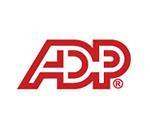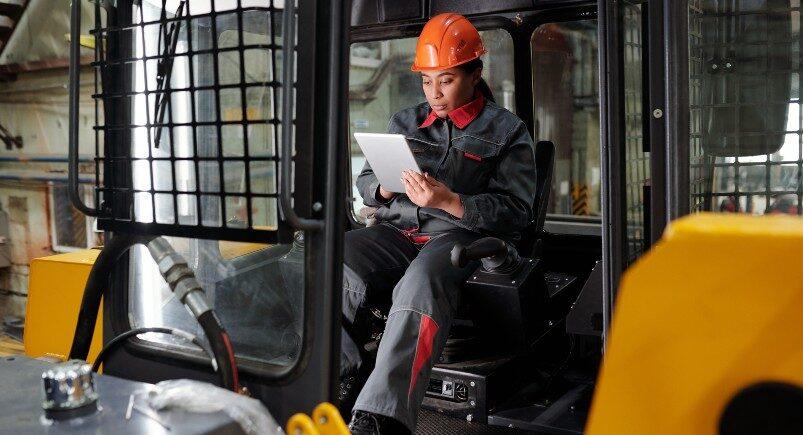
Adhering to safety and compliance regulations is critical for field service organizations, especially in industries such as HVAC, plumbing, cleaning, electrical, construction, oil and gas, and transportation.
Regardless of industry, every company should always monitor and correct employee behavior and job site conditions to protect the well-being of their staff and manage investments in equipment, materials, and resources. Here are five steps to building a safety-first culture that streamlines and optimizes ongoing compliance while keeping rising operational costs at bay.
Digitize safety and compliance checklists that your employees in the field complete.
Electronically documenting safety and compliance procedures that are being actively followed by your workforce is key to proving compliance and keeping a clean record of all adherence to regulations. With dynamic form fields that only digital forms can offer, you can attach photos, electronic signatures, and audio clips to your documents. From there, supervisors can be provided with all the advanced insights and detail they need to make informed, thorough approvals of the information submitted (and forms can be saved for future reference).
Digital safety and compliance forms also help speed up the overall process, without sacrificing important details or quality control. Instead of being presented with multiple different form fields on paper that can be confusing or unclear, decision logic guides employees effectively by only showing them relevant fields to complete (based off their previous answers).
Get employee feedback on your “safety-first” culture.
Getting valuable feedback about how your staff feel about your current safety and compliance policies is an excellent way to continue improving them, increase employee morale, and help your workers buy into a safety-first culture even more. Building a safety-first culture is a collaborative effort that requires input from all members of your team, and with opinions from workers, it’s easier to see where field procedures could be fine-tuned even more to further enhance the well-being of your workforce.
In some ways, it can be difficult for your administrators at HQ to know with certainty how safety translates to your company’s field operations, since they’re at the office most of the day. Placing an emphasis on getting strong feedback from the field and collecting important insights can enable your leaders to know more about how things are being done, as well as what can be done to improve them.
Increase the frequency and detail of equipment maintenance inspections.
Industrial organizations and construction firms rely heavily on certain machinery and vehicles to accomplish various projects. However, your workforce is only as safe as these valuable pieces of equipment are, making it crucial to check consistently and ensure they remain in optimal condition.
Tracking fleet vehicles and assets also helps you run a more efficient operation overall and keep these pieces of equipment both available and on-time for their respective maintenance schedules. Using digital forms to also conduct safety checks for vehicles and heavy equipment is a highly efficient way to implement thorough, yet quicker inspections, notate any discrepancies, and work to remedy them.
Implement manager signoffs for completed safety and compliance documents.
Increase accountability and managerial visibility by allowing your completed safety and compliance checklists to be digitally reviewed by supervisors first for accuracy. Digital safety forms can be approved or rejected based on the quality of their information, or if certain fields were missed and remain incomplete.
Incorporating supervisor oversight even more into your safety and compliance processes can assist your team in feeling that they have additional support. This also enables everyone to stay on the same page more and, from the top down, help prevent safety emergencies from potentially occurring during daily work.
Stay up to date on upcoming weather patterns that may affect your projects in the field.
Projects in the field that are primarily being worked on outdoors are always prone to the unpredictability of weather. Staying updated on what incoming weather patterns may affect your project’s timeline is helpful, but as these events can also impact the safety of your workers, it’s especially important to know what events might potentially be on the horizon.
For severe weather requiring evacuations, it’s important to stay updated on local and state guidelines in advance. This will help you ensure that you have enough time to secure or transport certain equipment away from the potentially affected area and also give your workers ample time to take care of their own preparations and safety needs.
With these five ways to enhance safety and compliance for your company, keeping your workforce healthy and in line with regulations is easier, more efficient, and more flexible. Allow our workforce management platform, TeamWherx™, to help you enhance safety and compliance in your organization with intuitive digital tools that simplify operations in both the office and the field.
Share this post:
About the author : Andrew Forest
Drew Forest is a writer, marketer, and content creator. He enjoys traveling, fantasy football, and watching Tampa Bay sports teams win championships.

















 Encore & Geotab Drive
Encore & Geotab Drive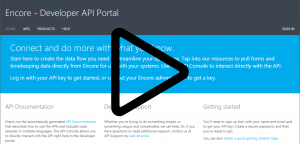
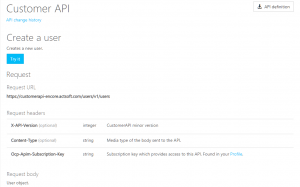
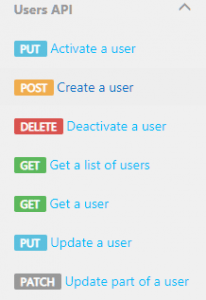
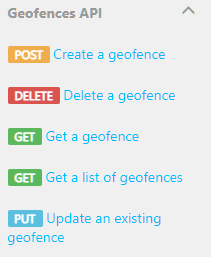
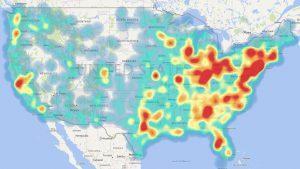
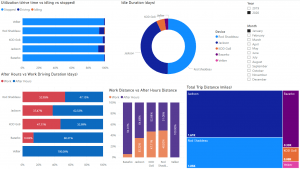
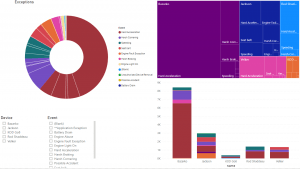
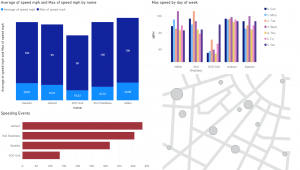
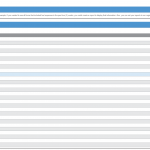
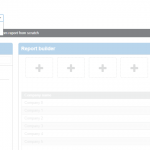
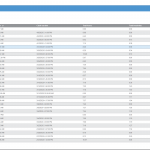
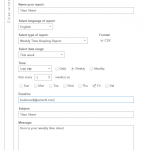



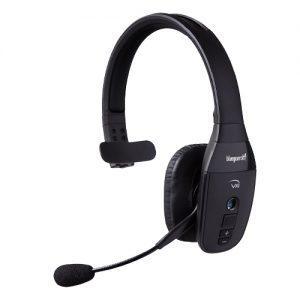
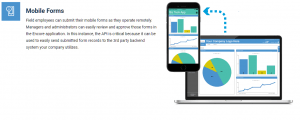
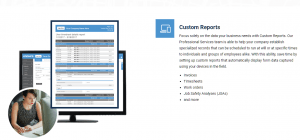
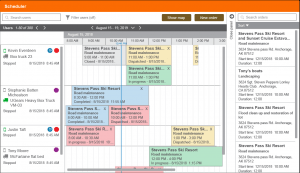
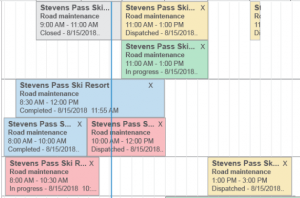
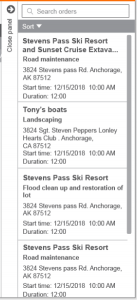
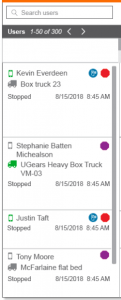
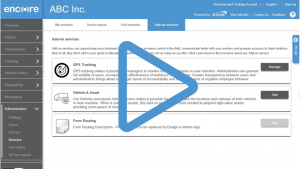
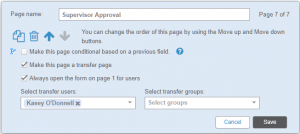
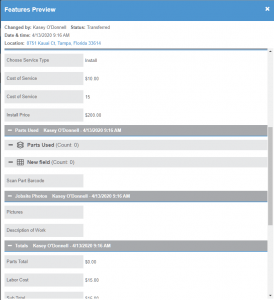
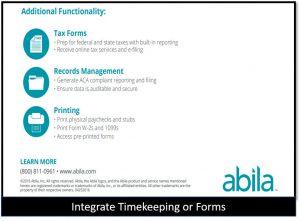
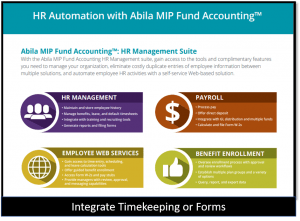
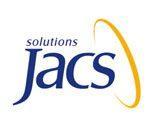
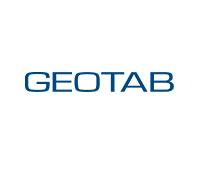 Gain even greater insight into the daily activities of your fleet using the combination of Geotab and Actsoft. Geotab devices provide detailed data collection and seamless integration with our solutions; learn more about the ways your vehicles are being used daily with the power of this tandem.
Gain even greater insight into the daily activities of your fleet using the combination of Geotab and Actsoft. Geotab devices provide detailed data collection and seamless integration with our solutions; learn more about the ways your vehicles are being used daily with the power of this tandem.

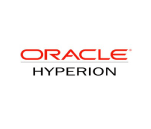

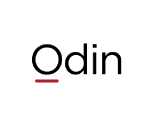 Actsoft partnered with Odin to provide our solutions overseas, through payment processing integrations. Odin helps us support user management for our software; customers can also purchase our products through Odin’s billing platform.
Actsoft partnered with Odin to provide our solutions overseas, through payment processing integrations. Odin helps us support user management for our software; customers can also purchase our products through Odin’s billing platform.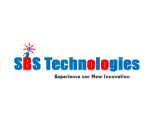
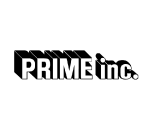
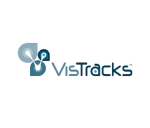 VisTracks powers our Electronic Logging Device (ELD) solution, which enables transportation businesses to easily automate their hours of service logs, remain in governmental compliance, and reduce their potential to incur costly fines.
VisTracks powers our Electronic Logging Device (ELD) solution, which enables transportation businesses to easily automate their hours of service logs, remain in governmental compliance, and reduce their potential to incur costly fines. Integration between Actsoft solutions and BeWhere’s software products is available. Take your team’s asset tracking, cellular data connectivity, and field insight a step further with effective, cross-application compatibility.
Integration between Actsoft solutions and BeWhere’s software products is available. Take your team’s asset tracking, cellular data connectivity, and field insight a step further with effective, cross-application compatibility.
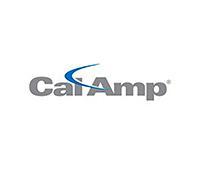 CalAmp tracking devices for vehicles and assets alike are compatible with Actsoft solutions, making it easy for you to efficiently monitor your equipment and fleet cars. Help your team enhance accountability, safety, and savings through a combination of easily installed hardware and intuitive software.
CalAmp tracking devices for vehicles and assets alike are compatible with Actsoft solutions, making it easy for you to efficiently monitor your equipment and fleet cars. Help your team enhance accountability, safety, and savings through a combination of easily installed hardware and intuitive software.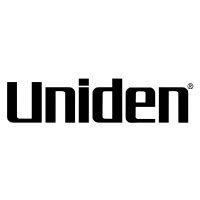 Our partnership with Uniden is ideal for companies looking to gain advanced diagnostics on their fleets. Uniden’s extensive product listing of car electronics like radios, dash cams, radar detectors, and in-vehicle communicators work in concert with Actsoft’s solutions to better connect your vehicles to the company headquarters.
Our partnership with Uniden is ideal for companies looking to gain advanced diagnostics on their fleets. Uniden’s extensive product listing of car electronics like radios, dash cams, radar detectors, and in-vehicle communicators work in concert with Actsoft’s solutions to better connect your vehicles to the company headquarters.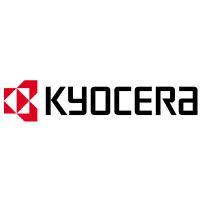 Kyocera offers a wide range of mobile devices, ranging in design from traditional phones to ultra-durable handset technology. Actsoft is able to equip organizations in a variety of different industries with solutions for improved business, while Kyocera supplies the technology they can flawlessly operate on.
Kyocera offers a wide range of mobile devices, ranging in design from traditional phones to ultra-durable handset technology. Actsoft is able to equip organizations in a variety of different industries with solutions for improved business, while Kyocera supplies the technology they can flawlessly operate on.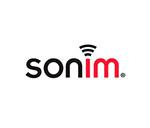

 Our software is the perfect complement to Apple’s user-friendly technology. Equip your workforce with the devices and solutions it needs for optimized productivity during daily operations with Apple and Actsoft.
Our software is the perfect complement to Apple’s user-friendly technology. Equip your workforce with the devices and solutions it needs for optimized productivity during daily operations with Apple and Actsoft.
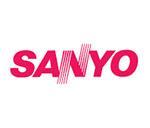 Actsoft and Sanyo teamed up to merge intuitive business management software with the technology of today. This partnership allows us to provide you with all the tools your team needs for improved workflows, better coordination, and optimized productivity.
Actsoft and Sanyo teamed up to merge intuitive business management software with the technology of today. This partnership allows us to provide you with all the tools your team needs for improved workflows, better coordination, and optimized productivity. Motorola’s mobile technology works in tandem with our solutions to provide extra versatility to your business practices. Coupled with our software’s features, Motorola’s reliable devices make connecting your workforce simpler than ever to do.
Motorola’s mobile technology works in tandem with our solutions to provide extra versatility to your business practices. Coupled with our software’s features, Motorola’s reliable devices make connecting your workforce simpler than ever to do. We’re able to bundle certain solutions of ours (including our Electronic Visit Verification options) with Samsung devices to help your team achieve as much functionality as possible, while keeping rates affordable. Use these combinations for accurate recordkeeping, improved communication, and smarter data collection in the field.
We’re able to bundle certain solutions of ours (including our Electronic Visit Verification options) with Samsung devices to help your team achieve as much functionality as possible, while keeping rates affordable. Use these combinations for accurate recordkeeping, improved communication, and smarter data collection in the field.